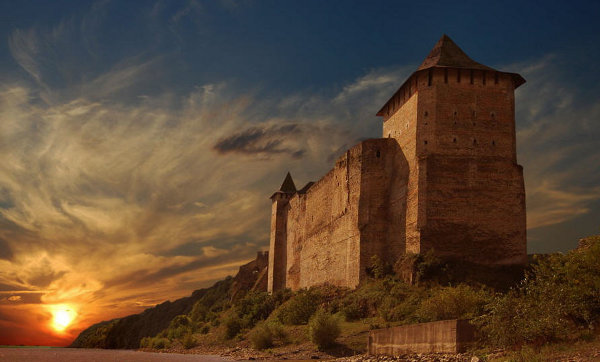By Anna Palagina
"World history has never been just to certain individuals or certain nations. Small nations and their achievements are often neglected while the accomplishments of large nations are at times exaggerated."- Slavko Bokshan, Serbian scientist, collaborator of Wilhelm Röntgen.
[hr]
GENOCIDAL HARVEST
In 1926, the newly established Soviet Empire was conducting its first full census. The data on national identity and ethnicity of the Soviet Union's population was much needed by Bolshevist ideologues, who were on an important mission. For their Brave New World they wanted to build the New Soviet Man - a person whose national and cultural identity and sense of belonging was replaced by unquestioned loyalty to the principles of Marxism-Leninism, personified by the Soviet regime. According to the census, nearly 32 million Ukrainians were living in the Soviet Union in 1926. Sadly, these numbers would soon change dramatically. Over the next ten years, millions of Ukrainians vanished into thin air, lost to government-organized famine, deportations, and sociocidal policies that encouraged Ukrainians to denounce their national identity and language, russify their last names, and proclaim themselves Russians (before 1917) or New Soviet Men (after 1917) — Russian-speaking beings of pure conformity.
The oppressive imperial machine killed the stubborn and enslaved the soft. According to conservative estimates, between 3.5 to 6 million Ukrainians died from starvation during the government-engineered Holodomor of 1932-1933. Less conservative studies claim that man-made famine and political purges took the lives of up to 12 million Ukrainian farmers and city dwellers in the 1930's. Their offense to Soviet rulers was great: intellectuals did not want to praise and support the collectivization and russification policies of Stalin, farmers would not join the ranks of slaves in collective farms, rightfully considering them a new form of serfdom. They refused to forego their identity as Ukrainians and individuals in favor of reforming as New Soviets.
The survivors' world view and outlook were badly mutilated by Soviet indoctrination that proclaimed the butchers of Ukraine its saviors and heroes. The indoctrination reduced Ukraine to fodder: in the eyes of the average postwar Soviet citizen, Ukraine was a place that provided food for Real People — a breadbasket, a backwater with funny folks in shirts, a place from where any worthy person migrates as fast as he can — to Moscow, to join the Real People. Real People speak Russian, Real People love all things Soviet, Real People do not like their nation (unless they are Russian of course), Real People invent, sing and create. If you happened to create something while being a speaker of Ukrainian, your works were surely second grade and probably anti-Soviet as well.
The Soviet monster collapsed, but the attitudes remained, kept up through Russian media channels, racist anecdotes and hate speech. "Ukraine? Oh, that place where someone you know ran away from to find a cool life in London. Or New York. Or Paris. Why not to Moscow? Well, he must be a stupid russophobe. Big Brother loves you, unlike these freemasons over on Wall Street. Big Brother could have killed you all, but did not, out of brotherly love! Why are you not grateful?!"It is high time to take a second, good look at Ukraine, to peel away the layers of Russian propagandist burkas from her. Not only is Ukraine the biggest country in Europe, with many unique breathtaking landscapes; it is also the motherland of hundreds of history-makers, many of them pioneers in their fields.
AMAZING HISTORY
Ukraine's lands have been populated since prehistoric times. The oldest map known to scientists, as well as the most ancient Homo Sapiens settlement, were discovered in the Ukrainian village of Mezhyrichia in Rivne region. They are about 14.5-15,000 years old. The map was carved on a mammoth bone. One of the most ancient worship sites known to humanity, «The Stone Barrow» (ca 20th century BC) is located in Zaporizhya Oblast. The site consists of a vast network of caves, walls covered with petroglyphs and cuneiform writing.
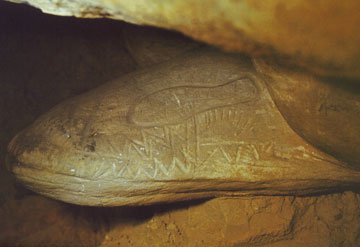
The United States, Britain and France are the recognized political pioneers of the world, countries first instituting democratic forms of government with citizen's rights recorded in their Constitutions, with citizen-wide elections. Yet it was in Ukraine that the first Constitution ever was created in 1710 by Ukrainian Kozak Hetman Pylyp Orlyk. It established a democratic standard for separate government branches - legislative, executive, and judiciary, well before Montesquieu's Spirit of the Laws. The Constitution limited the executive authority of the Hetman, and established a democratically elected Kozak parliament called the General Council.
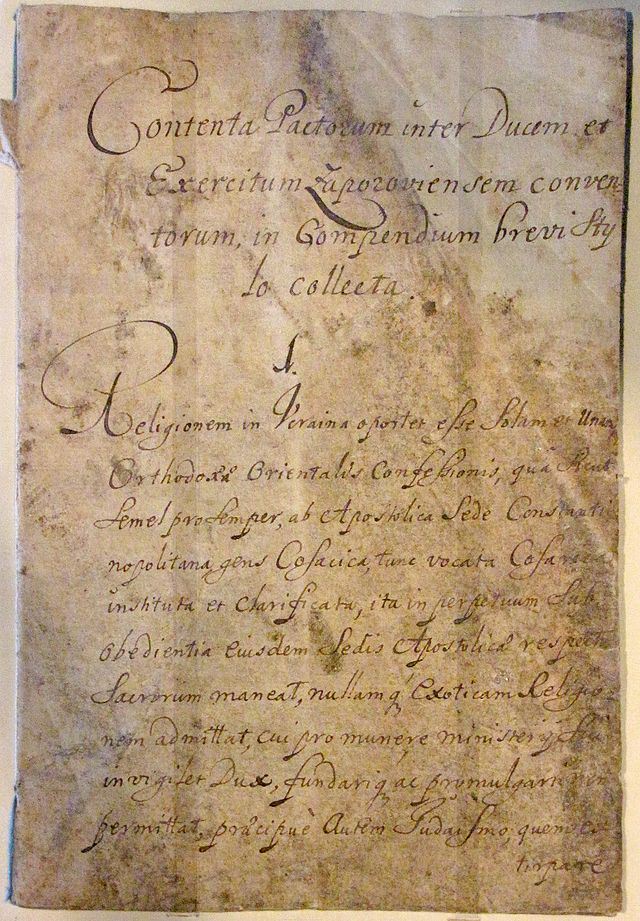
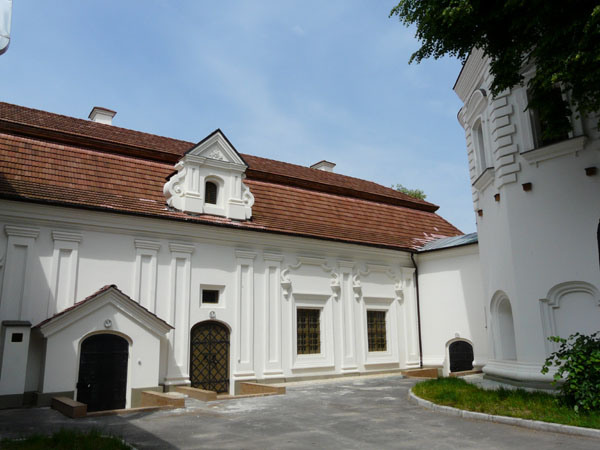
SCIENCE AND TECHNOLOGY
Ukrainians pioneered a great amount of research that transformed modern science and everyday life more than once.
Ilya (Elie) Mechnikov, the pioneer of immunology, was born in Kharkiv Oblast and received his training from the University of Kharkiv. Mechnikov discovered phagocytosis, thus giving birth to the study of immunity. He was later awarded the Nobel Prize for his discovery, sharing it with Paul Erlich. Another great contributor to modern medicine and physics was Ivan Pulyui (born in 1845 in Hrymayliv, Ukraine), a Ukrainian-born physicist and inventor, who worked together with Wilhelm Röntgen on X-rays. He is credited with the early adaptation of X-ray technology for use in medical imaging.
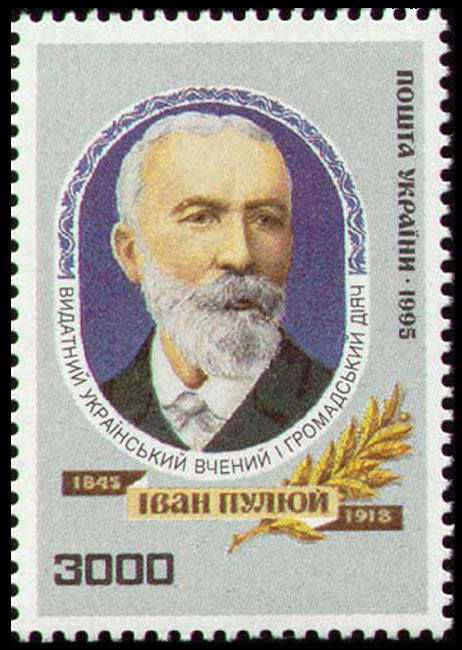
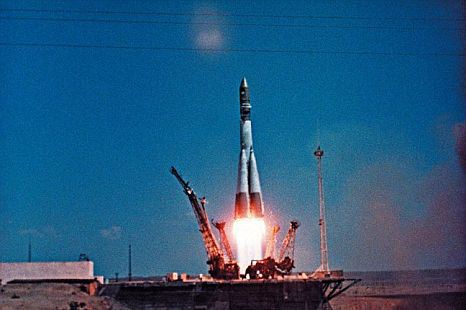
Less ominous and more peace-friendly are the An-225 Mriya planes, manufactured by Antonov Design Bureau in Kyiv. Antonov A-225 Mriya is a strategic airlift cargo plane designed in the 1980s. The An-225's name, Mriya (Мрiя) means "Dream" (Inspiration) in Ukrainian. Powered by six turbofan engines, it is the longest and heaviest plane ever made, boasting a maximum takeoff weight of 640 tonnes.
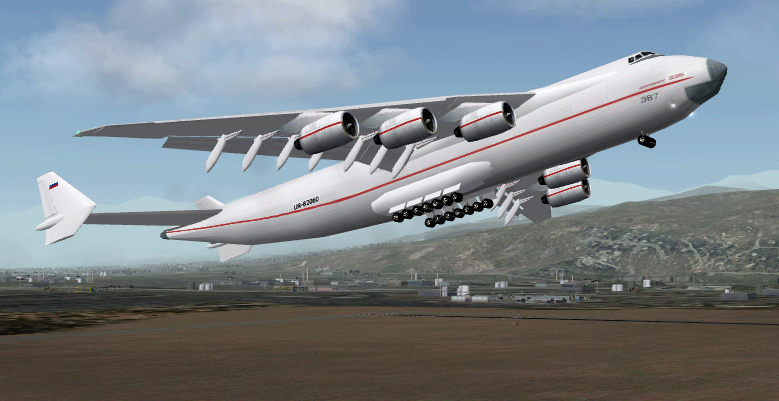
A lot of small technological improvements to everyday life originated in Ukraine. For instance, Igantiy Lukasevich and Yan Zekh invented the first kerosene lamp, while working for the “Under the Golden Star” pharmacy in 1853. In the same year, the first surgery with kerosene lamp lighting was carried out. The first frame beehive was invented by a Ukrainian, Petro Prokopovych, boosting up the honey production efficiency. Currently, Ukraine is a world leader in the production of honey - an eco-friendly, organic product, that keeps its consumers in good health and spirits.
FREEDOM OF INNER SPEECH
Ukrainians were always inclined to practice fine arts, this being the only way to express themselves within the oppressive imperial culture. The popular figurehead for Ukrainian literature is Taras Shevchenko, a revolutionary poet and author of realistic prose. Had he lived today, he probably would be singing his poems in hard rock and heavy metal. Monuments to him grace 1200 locations all around the world.
One famous artist is Kazimir Malevich (born in Kyiv), a founder of the suprematism movement and a pioneer of geometric abstract art. His teacher, Mykola Pymonenko, lived in Kyiv and was an artist of great acclaim, known for his portrayal of the life of «small men» - workmen and peasants. Pymonenko also produced some of the wall frescoes of the St. Volodymyr Cathedral in Kyiv. Another important avant-garde artist is Oleksandr Arkhypenko (born May 30, 1887, in Kyiv, Ukraine). He was one of the pioneers of cubism in sculpture.
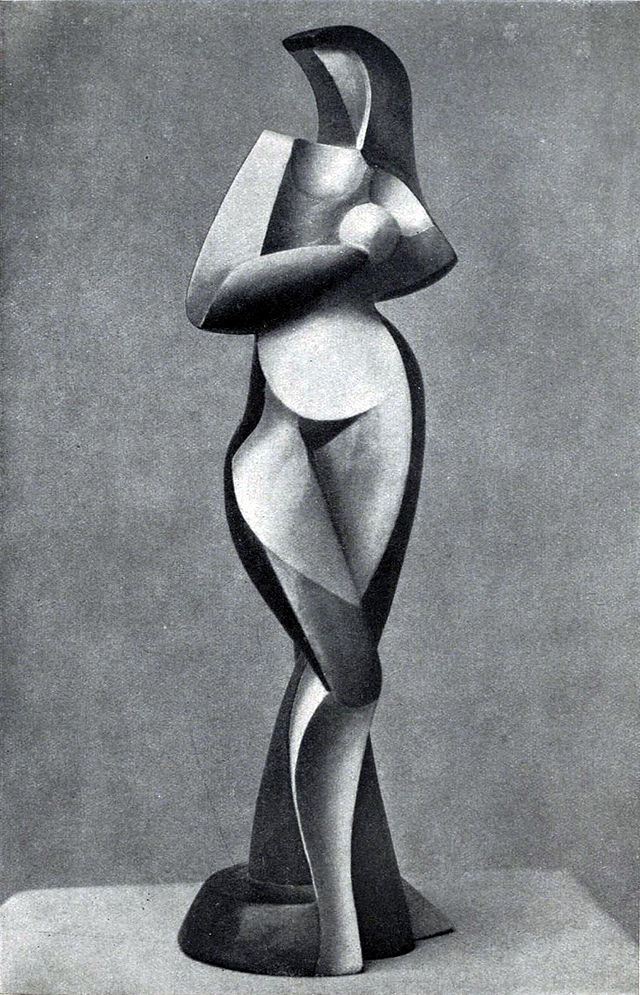
Famous Pablo Picasso was enthralled with the works of Ukrainian primitivism artist Kateryna Bilokur (1900-1961). In 1954, after visiting her art at the exhibition, he praised them as the works of genius, comparing them to the works of another great artist, Seraphin Louis.
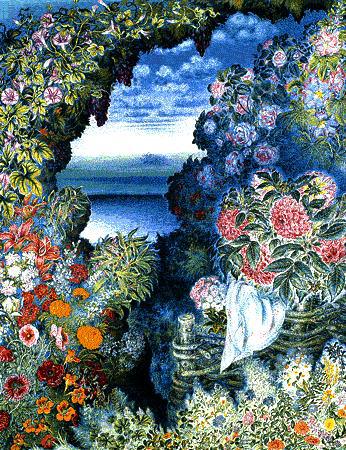
Another Russian icon with Ukrainian roots is Fyodor Dostoyevsky. The Dostoyevsky family came from the village of Dostoyevo near Pinsk (Ukrainian-Belorussian border). One of the Dostoyevskys was a priest of the Kyiv-Pechersk Monastery and ran for the office of Metropolitan Bishop in 1647. Andriy Dostoyevsky, the writer's grandfather, was also a cleric. He had expected his son Mikhail to become a cleric as well. Mikhail had defied his father and chose to run off to St. Petersburg, where he later became a renowned surgeon. He wrote poetry in his youth. According to Dostoyevsky's daughter, “poetic prowess was already in the Ukrainian family of my father’s, and were not given just now through my Moscow mother, as literature associates of Dostoyevsky suppose.”
The famous painter llya Repin's ancestors, Ukrainian kozaks Ripa, evolved into russified Repins. Ilya himself was born in Kharkiv Oblast and cultivated his Ukrainian roots in his art. He painted himself as a Kozak perched against a canon. “It is time to think about a Ukrainian style in art,” he would say, and go on to create many Ukraine-themed pieces. The most famous of those - the battle art “Zaporizhzhia Kozaks Writing a Letter to the Turkish Sultan”- exists in two variants.

GO PLACIDLY AMIDST THE WAR AND HASTE
All this finesse and potential, however, was regularly wasted in bloody wars instigated by failing empires. The geopolitical curse of living next to its blood-thirsty descendant, the Russian empire, of serving as a bridge between Europe and Russian Asia, led to centuries-long struggle for the self-determination and reinstatement of Ukrainian statehood. One crazy example of the desperate yet unyielding struggle was given by The Ukrainian Insurgent Armies, who led guerilla warfare on the de-facto occupied territory for almost twenty years. The technology and methods of the Ukrainian soldiers were even studied by the Cuban rebels of Fidel Castro.
“If I had an army like the Ukrainian Insurgent Army, the German boot would have never trodden on French soil,” - Charles de Gaulle said.
And yet, this centuries-long stand did not make Ukraine a war-hungry monster. Indeed, Ukraine gave up the third biggest nuclear arms arsenal in the world. More than a thousand nuclear missiles and warheads were located on the territory of Ukraine at the time of the break-up of the Soviet Union and proclamation of Ukraine's independence. The warheads and missiles were given to Russia, the bunkers destroyed. In return, Ukraine received money for disarmament, as well as security guarantees from nuclear states. Sadly, Russia did not stick to its end of the bargain.
FUN FACTS ABOUT UKRAINE
-
One of the first metropolitan stations of the Kyiv Metro, «Arsenalna», stands near the Parliament buildings. Located 105 meters underground, it is the deepest metro station in the world. Urban legend has it that the station is home to secret hideouts for shady governmental activities.
-
Trembita, an alpine horn native to Carpathian Ukrainian culture, is the longest windpipe musical instrument in the world, typically taking more than 3 meters of length.
-
The longest cave in Ukraine, “Optimistichna” (Optimistic), is located in Podillya. It is a plaster cave 20 metres underground and 216 km in length. It is the second longest plaster cave in the world, after the Mammoth Cave in the USA.
-
The oldest tree in Ukraine is the 1300-year-old oak in the town of Yuzefin, Rivne Oblast.
-
The Ukrainian “Pivdenmash” (Dnipropetrovsk) plant produces the most eco-friendly rocket carriers in the world. The "Sea Start" pleasure space project uses them to launch space vehicles and cargo into space.
-
The third most visited McDonald’s in the world is located in Kyiv by the railway station. This location has consistently won the title of the most lively McDonald's restaurant over recent years.
-
Ukrainians are fifth in the world in alcohol consumption, right after Moldavians, Russians, Hungarians and Czechs. The average Ukrainian over the age of 15 drinks 15,6 litres of alcohol annually (a litre more than an Irishman and almost two litres more than a Norwegian).
-
The singing sands of Ukraine are located near Lavrinka river (town of Nikopol). The sands «sing» after absorbing enough rainwater, when the top layer sticks together and forms a crispy crust. Stepping on it one can hear sounds akin to the howling of the wind.
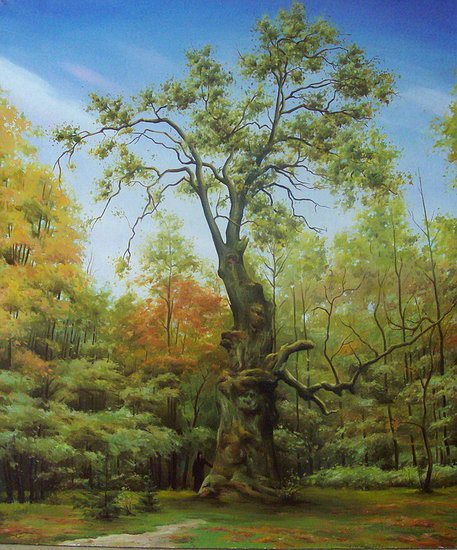
- Andriy Pryymachenko, "From the creators of Borsch" Project, https://www.behance.net/gallery/From-The-Creators-of-Borshch/15795643
- Yuri Klyapko art gallery: http://en.artscad.com/@/YuriKliapko
- Ivan Puluyi: http://web.archive.org/web/20080528172938/http://www.meduniv.lviv.ua/oldsite/puluj.html
- Russification of Ukraine: http://en.wikipedia.org/wiki/Russification_of_Ukraine
- Yelyzaveta Hulevych: http://uk.wikipedia.org/wiki/%D0%93%D0%B0%D0%BB%D1%88%D0%BA%D0%B0_%D0%93%D1%83%D0%BB%D0%B5%D0%B2%D0%B8%D1%87%D1%96%D0%B2%D0%BD%D0%B0 (ukrainian).
- Elie Mechnikov: http://en.wikipedia.org/wiki/%C3%89lie_Metchnikoff
- Serhiy Korolyov: http://blogs.pravda.com.ua/authors/solodko/5167f8024342b/
- Ukraine is Wonderful (Fun facts about Ukraine): http://vsviti.com.ua/2013/09/ukrajina-nadzvychajna --- translated from Ukrainian by Mariya Scherbinina.
- Satan R-36: http://en.wikipedia.org/wiki/R-36_%28missile%29
- Mykola Pymonenko: http://en.wikipedia.org/wiki/Mykola_Pymonenko
- Kateryna Bilokur: http://welcome-to-poltava.com.ua/read/ekaterina_belokur
- Kazimir Malevich: http://en.wikipedia.org/wiki/Kazimir_Malevich
- Aleksandr Arkhypenko: http://en.wikipedia.org/wiki/Alexander_Archipenko
- Igor Sikorsky: http://en.wikipedia.org/wiki/Igor_Sikorsky
- Kamyana Mohyla (Stone Barrow) National Park: http://www.stonegrave.org/
- Pylyp Orlyk's Constitution: http://en.wikipedia.org/wiki/Constitution_of_Pylyp_Orlyk
- Nobel Prize 1908: http://www.nobelprize.org/nobel_prizes/medicine/laureates/1908/
- Famine as weapon (Holodomor 1932 — 1933): http://en.wikipedia.org/wiki/Holodomor
- Timothy Snyder. Bloodlands: Europe between Hitler and Stalin, 2010.

